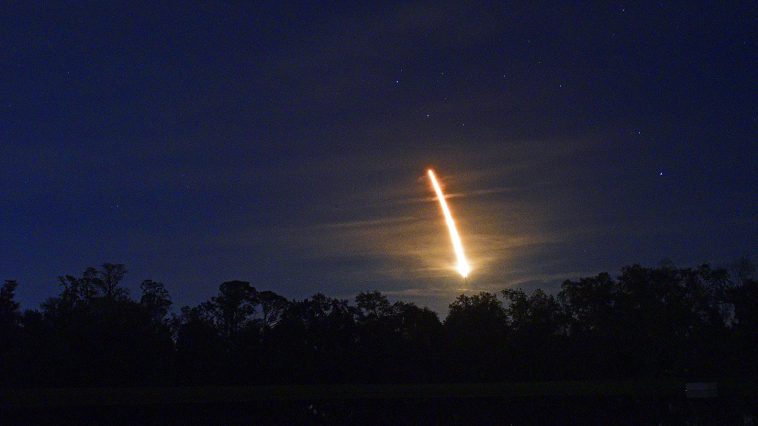Un astronomo, o a chi semplicemente piace guardare il cielo, avrebbe potuto notare qualcosa di strano in una notte nel Pacifico nord-occidentale: luci abbaglianti stagliate nel cielo. Le luci sono state viste intorno alle 21:00 e subito sui social media si è pensato a meteoriti o incidenti aerei, ma non è esattamente così.
Le ipotesi del Servizio Meteorologico Nazionale
Il Servizio Metereologico Nazionale degli USA, infatti, ha piuttosto ipotizzato a detriti causati dal Falcon 9, il razzo di SpaceX. L’agenzia scrive subito su Twitter: “Mentre attendiamo ulteriori conferme sui dettagli, ecco le informazioni non ufficiali che abbiamo finora. Gli oggetti luminosi ampiamente segnalati nel cielo erano i detriti di un razzo Falcon 9 che non è riuscito a rientrare nell’orbita. Dal video non sembra essere una meteora o un oggetto simile o, all’impatto con la nostra atmosfera, si sarebbe mosso più velocemente.
Non ci aspettiamo impatti sul territorio della nostra regione. Verranno riferite più informazioni una volta disponibili.”
While we await further confirmation on the details, here’s the unofficial information we have so far. The widely reported bright objects in the sky were the debris from a Falcon 9 rocket 2nd stage that did not successfully have a deorbit burn.
— NWS Seattle (@NWSSeattle) March 26, 2021
Based on the observed video, this looks more likely than a bolide meteor or similar object as they would be moving far faster on impact with our atmosphere. There are NO expected impacts on the ground in our region at this time. More info will be posted as it becomes available.
— NWS Seattle (@NWSSeattle) March 26, 2021
Morgan Palmer, capo meteorologo della stazione televisiva di Seattle KIRO-TV, spiega come parte del razzo si sia rotto mentre rientrava nell’atmosfera dopo 22 giorni in orbita.
E aggiunge nel tweet che diversamente le meteore si sarebbero mosse molto più velocemente mentre bruciano.
The relatively slow speed of breakup looks to me to probably be a satellite, rocket part, space junk, something like that breaking up on reentry. Something that was in earth orbit. Meteors would generally be moving much faster as they burn up. But we’ll see! https://t.co/jaTVB55HWS
— Morgan Palmer (@MorganKIRO7) March 26, 2021




